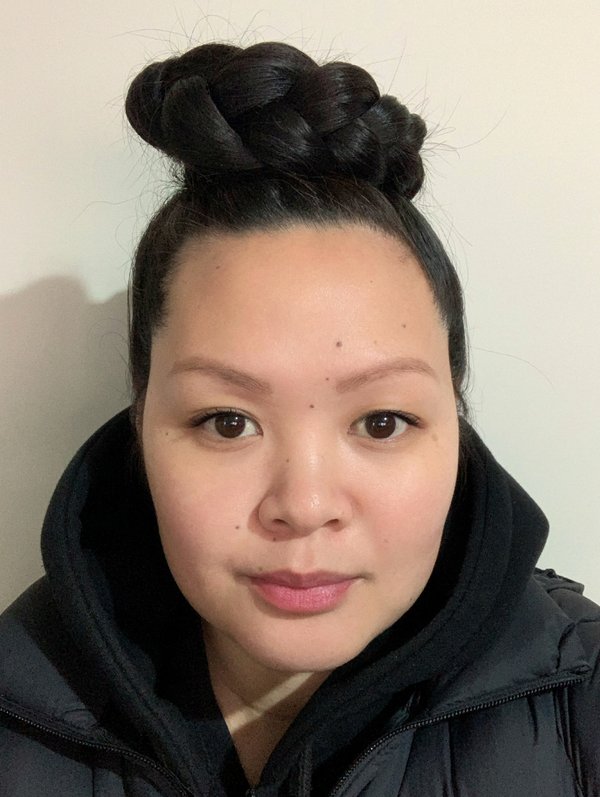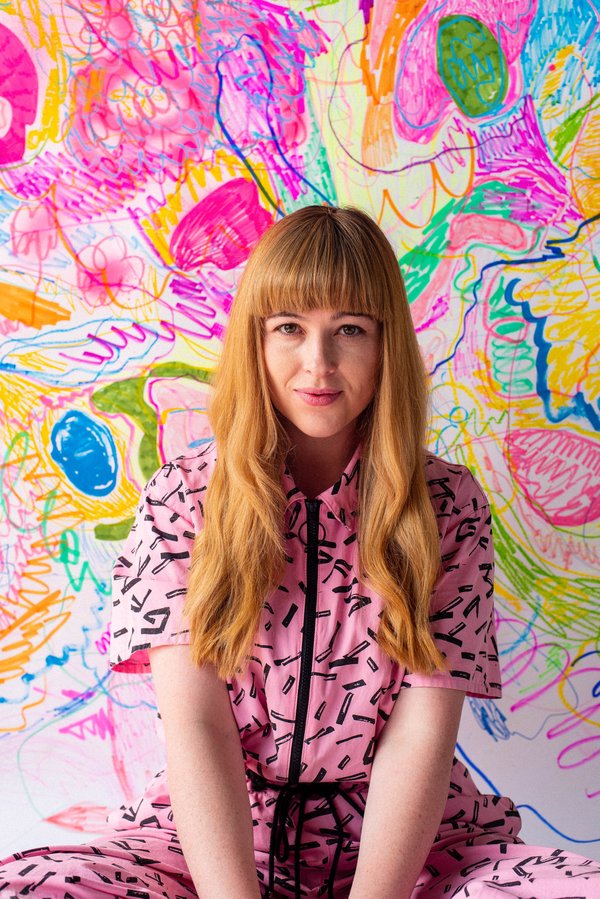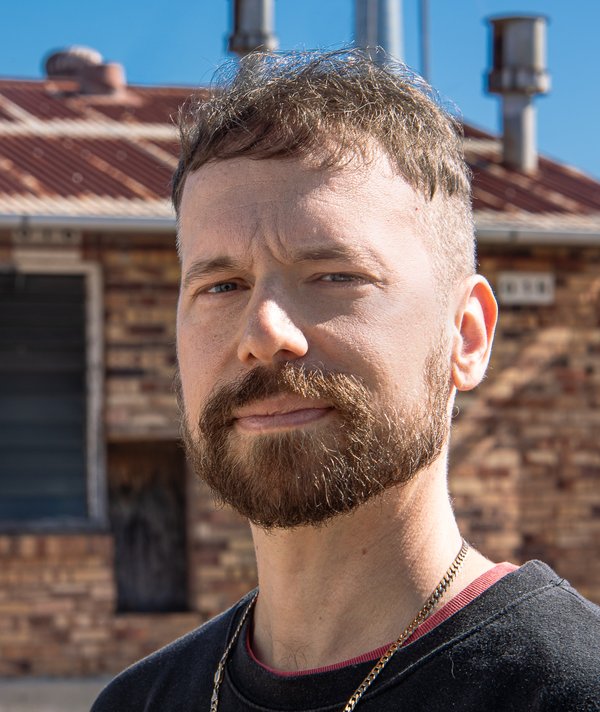Ethical Work Conditions for Artists and Arts Workers
Artists have various options for pursuing a creative career and diversifying their income. These include independent work, commissioned projects, public art commissions, artist-in-residence programs, teaching positions, and collaborative or collective settings. These different models provide artists with diverse paths to sustain their creative careers and contribute to the visual art, craft and design sector in Australia.
Despite many viable pathways for an artistic career in the visual arts sector, the issue of being paid in exposure is still a concern for many artists and arts workers. ‘Being paid in exposure’ is the practice of individuals or organisations offering artists the opportunity to showcase their work or participate in projects without providing adequate financial compensation. Instead, they promise exposure as a form of payment, implying that the artist will benefit from increased visibility and potential future opportunities. This approach devalues artists’ labour and undermines their ability to sustain a career.
Exposure alone does not pay bills or cover the costs associated with creating artwork. It is crucial for artists to advocate for fair compensation, emphasising the value of their skills, time, and expertise, and to seek opportunities that provide both exposure and adequate financial remuneration for their creative work.
Organisations like the National Association for the Visual Arts (NAVA) are at the forefront for advocating for ethical and equitable working conditions for artists and arts workers. NAVA's campaigns and initiatives, like the "Fair Pay for Artists" campaign, have played a significant role in addressing issues of undervaluation and advocating for equitable payment structures, fair contracts, and recognition of artists' contributions to society. Through these advocacy efforts, positive changes have been driven, raising awareness and promoting the principles of fair compensation and professional recognition for artists in Australia.
Recently, NAVA made a significant contribution to the national arts industry with the Code of Practice for Visual Arts, Craft and Design. The Code of Practice sets out equitable, ethical and self-reflective standards for the professional Australian contemporary arts sector. These standards include good practice approaches to working relationships and payment rates for artists and arts workers. The Code of Practice also includes information about taxation, superannuation and accepted business protocols, which all contribute to artist and arts worker’s income.
Visibility of initiatives that advocate for viable pay and income for artists and arts workers, like the Code of Practice, are gathering support within the sector from both independent and government organisations. Organisations are now working towards adjusting and improving their business practices and the sector is seeing steady improvement in adherence to legal obligations like superannuation for independent artists and arts workers. Furthermore, the boost in visibility of good practice is now leading to many organisations aligning their policy with their ethics, enshrining minimum payment standards within policy.
Read more about fair pay issues and unpaid labour in the Code of Practice.
Read more about payment standards for artists and arts workers in the Code of Practice.










